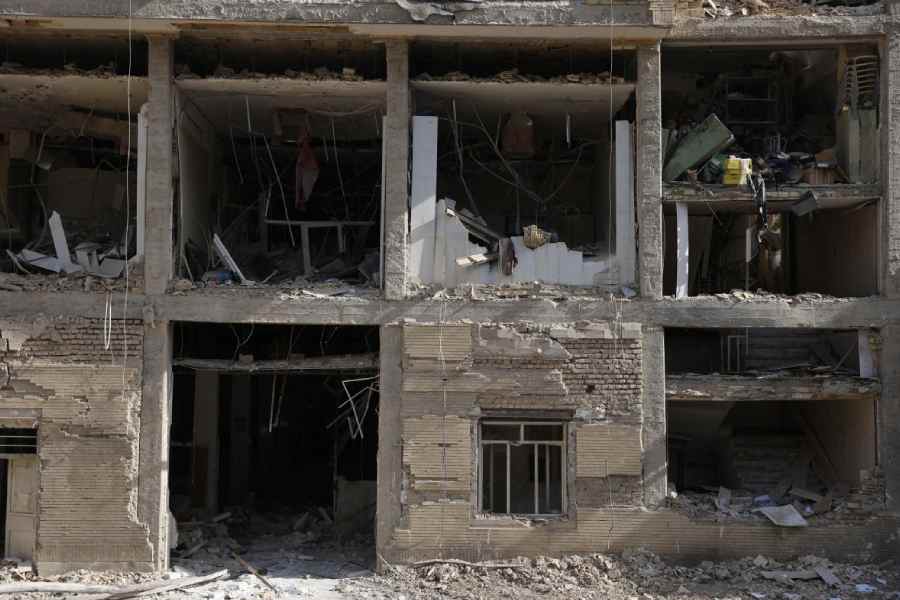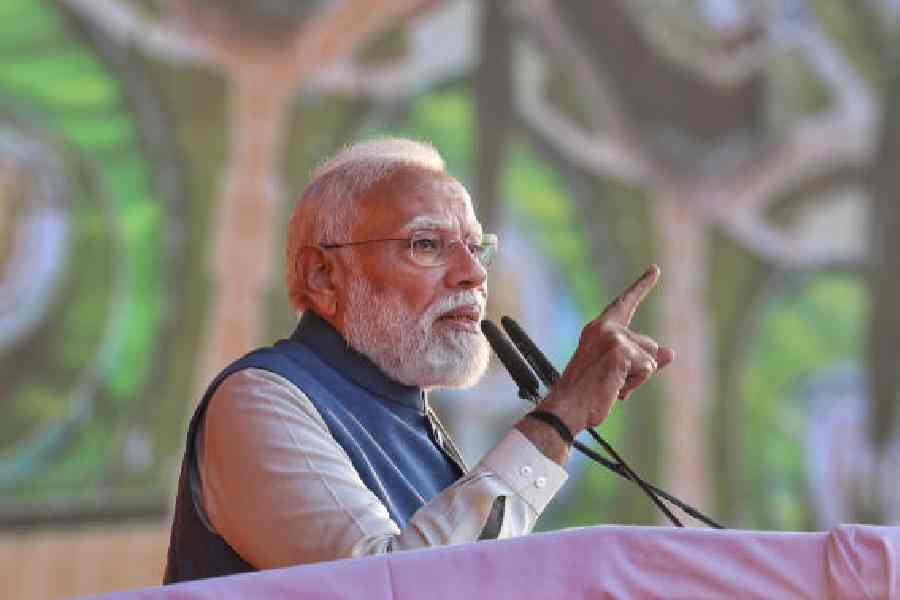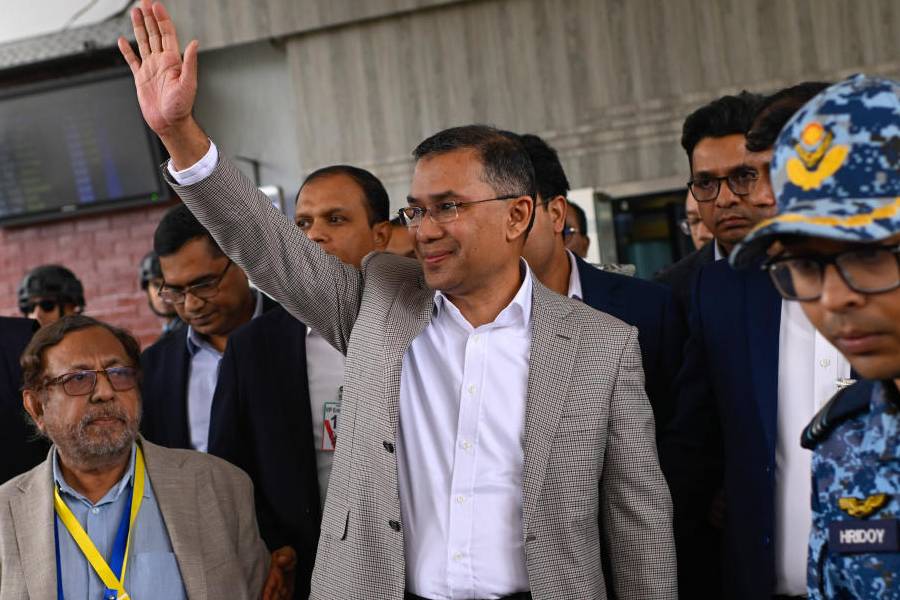Iran’s notorious Evin prison is operating once again.
Two months after Israel attacked and severely damaged the compound, where political dissidents were detained, the authorities have returned about 600 inmates to two refurbished wards that sit amid the larger ruins of the prison.
The prisoners, whose return the judiciary announced this month, are all male and include many prominent political figures and dissidents. Photographs in Iranian news media show the two wards repaired — broken windows and blown-out doors were reinstalled, and damaged rooms and hallways were cleaned of debris.
But the rest of the prison remains largely destroyed. Israel’s strikes on June 23, part of a 12-day war with Iran, collapsed the prison’s administrative buildings, visitor and recreational centers, hospital and other housing facilities, all of which have not been reconstructed, according to testimonies from prisoners and interviews with families, lawyers and activists in Iran.
Israel’s targeting of Evin prison was the deadliest single attack of the war, killing 80 people and injuring dozens of others, according to Iran’s Ministry of Health. In addition to prisoners, those killed included prison staff, social workers, a child, relatives of prisoners, medical staff, the prison’s chief prosecutor and at least one passerby.
The damage to Evin was so extensive that many in and outside the country speculated that the prison would not reopen for months, if ever.
The hasty return of prisoners early this month to a compound lacking many basic services caught many, including the prisoners themselves, by surprise. Behzad Panahi, a prisoner accused of spying for India, said in a statement last week that he was staging a hunger strike in opposition to the dire conditions of the prison, comparing it with a “dark dungeon” that did not meet the “bare minimum conditions critical for human life”.
Comments from several senior officials suggest that the move may be part of an effort to project defiance against Israel and show that its airstrikes had failed to shut down one of Iran’s most infamous symbols of oppression.
While announcing the prisoners’ return on August 8, Ali Asghar Jahangiri, spokesman for the judiciary, told Iranian news media that, immediately after Israel’s attack, the head of the judiciary had ordered the country’s Organization of Prisons to facilitate the speedy return of prisoners to Evin.
At the time of the attack, the prison held about 1,500 inmates, including women, who were all transferred to two other detention facilities on the outskirts of Tehran. The women have not yet been taken back to Evin, but Jahangiri said this month that the goal was to return everyone “as soon as possible”.
Amnesty International and Human Rights Watch said in separate reports that Israel’s targeting of Evin constituted a war crime and called for independent international investigations. Both rights groups also condemned Iran’s treatment of prisoners in the immediate hours after the attack.
According to collective statements by nearly 20 prisoners published on their social media pages, they were shackled and beaten during transfers to other detention facilities and during their return to Evin. The Israeli military has declined to comment about the purpose of the attack on Evin or the casualties. Israeli officials have described the attack on Evin as symbolic.
Rights groups accused the Iranian government of disregarding the rights and safety of prisoners by returning them to Evin, saying it lacks infrastructure, like air-conditioning, amid a brutal heat wave, along with proper ventilation and a medical clinic.
New York Times News Service











